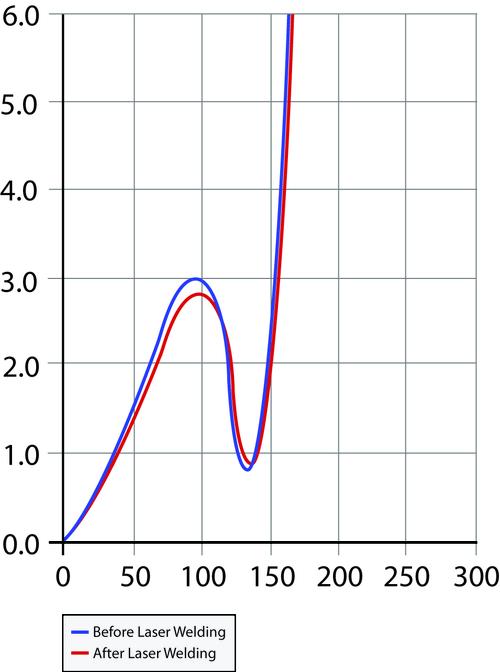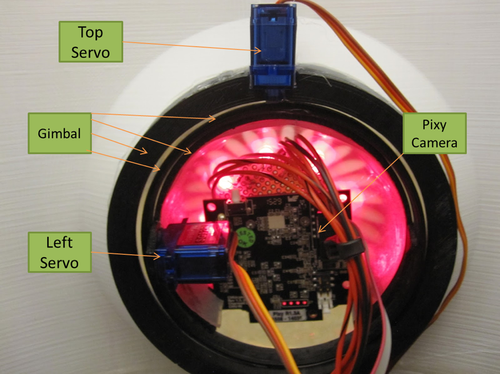WiFi Module Selection Tips for Embedded Designs
July 8, 2015

To add wireless connectivity to designs, product manufacturers need to get up to speed on wireless technologies as efficiently and inexpensively as possible. The most common way to add wireless capability is to use a prepackaged WLAN or WiFi module. While this approach greatly simplifies the process, it still has many challenges, from initial module selection all the way through to compliance testing and certification.
The workflow involved with adding wireless capability to an embedded design, as shown in Figure 1, is essentially the same whether you're adding wireless to an existing product or working to bring a Kickstarter project to life. Here we look closely at step 2. When you start your search for a WiFi module, you'll find many different kinds of modules intended for a broad range of applications. In order to better match your specific RF application needs to a module, it's helpful to have an understanding of key selection parameters and tradeoffs.

WiFi modules are functional units, meaning they can only run while embedded in a system. When choosing a WiFi module for your applications, you need to consider both software and hardware aspects. Figure 2 shows a simplified block diagram of a WiFi module.

The hardware of a WiFi module contains two main parts: a WiFi chip and an application host processor. For more standalone WiFi applications, you can select from a variety of WiFi modules that combine the signal chain with a complete embedded processor core. The application host processor has internal or external flash, ROM, and RAM. A number of I/Os are available to allow a wide range of applications, including timers, serial communication interfaces, analog comparators, analog-to-digital conversion, digital-to-analog conversion, crystal oscillators, and a debug interface, among others.
This hardware is often augmented by specialized software that can be used to help deliver the security, trouble-free operation, and manageability that your end-customers expect. WiFi software usually includes a device driver, an integrated 802.11 security supplicant, and a full-featured management and monitoring utility.
MORE FROM DESIGN NEWS: Portable Wireless Device Characterization Requires Speed & Sensitivity
Module Tradeoffs
There are three key factors to consider when evaluating wireless technologies: data rate, range, and power requirements. Improving the data throughput and spectrum efficiency has been a key driver for wireless communication research for the past 15 to 20 years. This focus has resulted in more complex channel coding and modulation methods with the higher cost and more power for signal processing. When you compare different WiFi protocols, newer standards such as 802.11n and 802.11ac have the advantage of the higher data throughput, while 802.11b/g has the advantage in compatibility and power requirements.
For high capacity and high-quality mobile real-time applications that require video and voice capability, 802.11n provides operational advantages, with its higher data throughput, greater range, and robust link quality. Going a step further, 802.11ac offers twice the bandwidth compared to 802.11n. The use of multiple antennas (MIMO technology) further increases the data rate and the range. These extended features, however, come at a price (literally), resulting from the use of multiple antenna structures, increased BOM design complexity, and the use of more power.
The applications for wireless embedded clients encompass industrial and home automation products, sensors, and machine-to-person (M2P) and machine-to-machine (M2M) data and control devices. For the most part, these applications are driven by a need for low power consumption, with battery life and broad compatibility being more important than bandwidth. The data rates supported by 802.11b/g are sufficient for most M2M applications. Thus, as shown in Figure 3, for a majority of embedded applications, 802.11b/g modules may be the best choice because of their universal compatibility and low-power requirements.

About the Author(s)
You May Also Like





